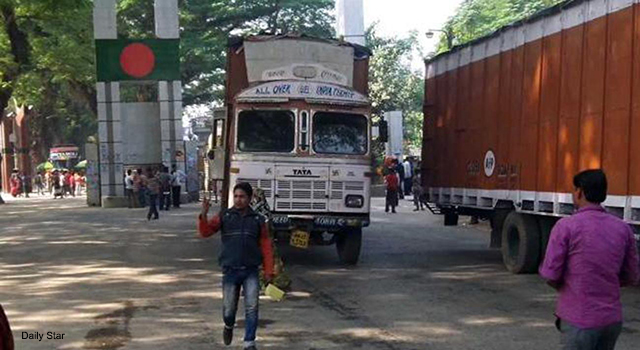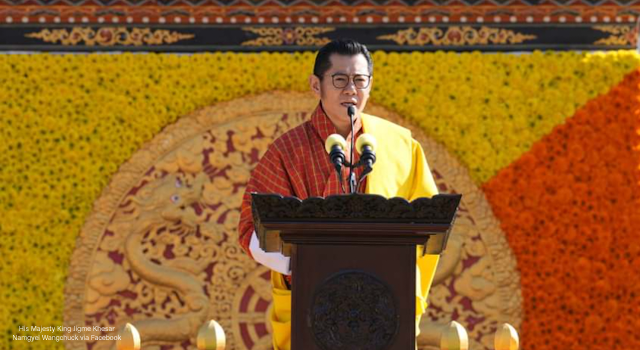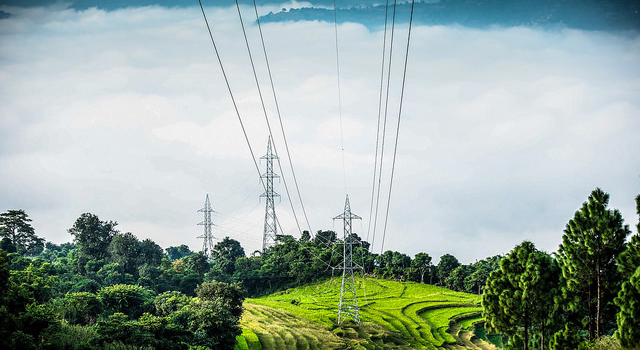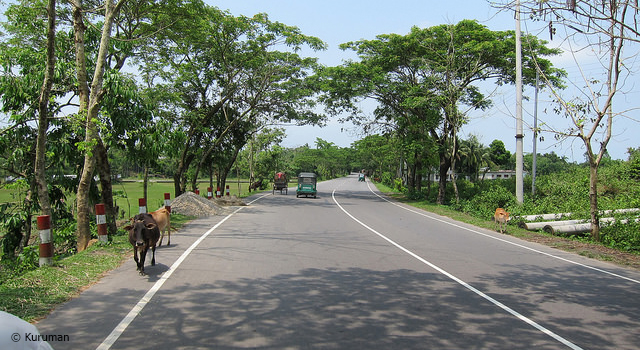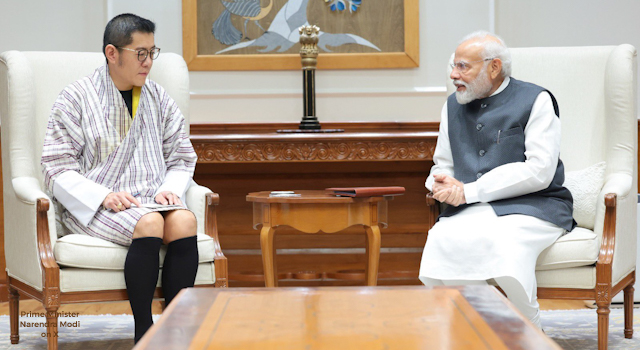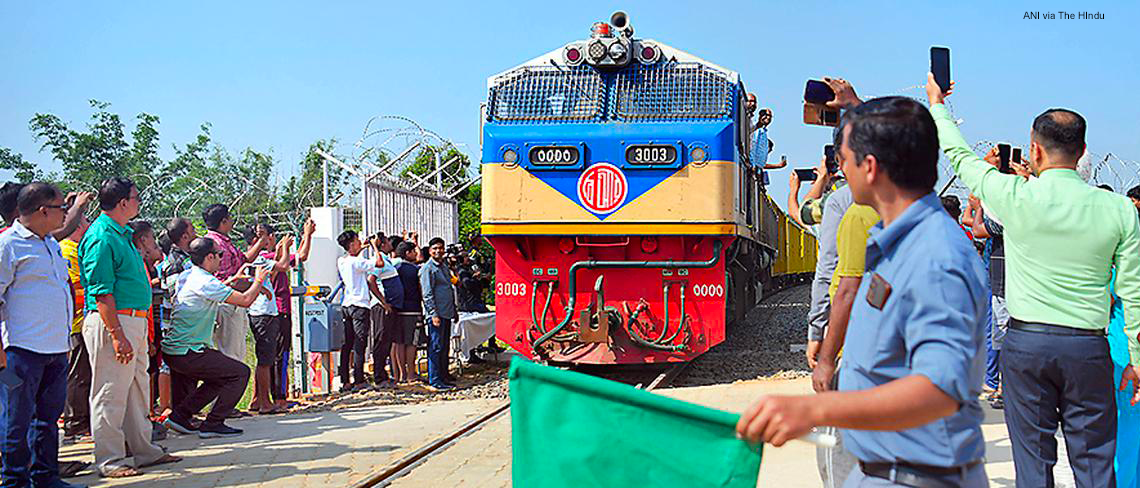
Commentary: Blending Labor Advantage with High-tech Innovation
2 August 2017

This commentary on the interim report for the Southwest Bangladesh Economic Corridor by Mr. M. Rokonuzzaman Ph.D, Professor, Department of Electrical and Computer Engineering, North South University, Bangladesh, highlights the need for Bangladesh to focus on blending high-tech innovation and labor advantage to allow the country to penetrate new economic sectors, create high-tech, high-paying jobs for millions of university graduates, ultimately driving Bangladesh toward the goal of achieving high-income status by 2041, according to Mr. Rokonuzzaman.
This post first appeared on the Financial Express.
Blending Labor Advantage with High-tech Innovation
M. Rokonuzzaman
To reach high-income status by 2041, Bangladesh needs to find ways to increase per capita income above $12,000 from the current level of around $1,500. In order to increase per capita by more than $10,000, the only viable option for Bangladesh is to engage more than 40 million students in high-income jobs. So far, Bangladesh has created labor-intensive, low-income jobs to reach the low middle-income status.
For development planners, the challenge is to chalk out paths not only to create jobs for these 40 million students, but most importantly to create high-paying jobs for them. High-paying jobs are tightly coupled with high-value addition capability.
Due to high infrastructure development cost, Bangladesh should also look for sectors which demand very low-cost infrastructure to produce each unit of value. Moreover, targeted productive activities and required infrastructure should have also very low environmental impact.
The Asian Development Bank (ADB), in its long-term development planning, has recently shared the interim report on Southwest Bangladesh Economic Corridor. Such development planning is a welcome initiative. Such planning exercise not only guides the governments to develop required infrastructure and undertake appropriate policy as well as regulatory reforms, but also provides insight to private investors, particularly strategic foreign direct investors having long-term business interest. The interim report has identified 12 priority sectors: 1. food processing (crustaceans), 2. food processing (agro), 3. leather & leather based products, 4. footwear, 5. textiles & RMG, 6. non-metallic mineral manufacturers (ceramics, cement, glass etc), 7. furniture, 8. transport equipment, 9. pharmaceuticals, 10. shipbuilding, 11. plastic products, and 12. rubber & rubber articles.
In this planning exercise, it has also been mentioned that 'Industry 4.0' should be taken into consideration in the long-term economic planning of Bangladesh. To many of us, Industry 4.0 is a science fiction-type visionary idea. It is popularly described as human-free factories, run entirely by robots. Although the World Economic Forum (IMF) has made this concept popular by coining it as the theme of its Annual Meeting of 2016, the effect of this theme has been in existence for long. It's the effect of technology on jobs.
Since the inception of technology-led progression, technology has been taking away roles from human increasing productivity. Such progression was also creating new jobs, primarily due to the expansion of production capacity. But in the recent past, it has been found that rapid technology progression was taking away far more jobs than it was creating. As a result, despite the growth of industrial outputs, the number of manufacturing jobs has been shrinking across the globe. For example, 5.6 million manufacturing job loss between 2000 and 2010 in the USA alone is primarily due to automation-the effect of Industry 4.0. Similarly, despite the growth of export of Bangladesh's apparel sector during 2013-2016, employment in the apparel sector has stagnated at 4.0 million. The additional flow of capital for acquiring advanced capital machinery has been the driver for increasing export per worker from $2,718 in 2010 to $7,023 in 2016. Therefore, it could easily be reasoned that the effect of Industry 4.0 has already started taking its toll even in Bangladesh.
All those targeted 12 sectors appear to be highly susceptible to automation, commonly termed as industry 4.0. Due to the growth of consumption, there is no denying that outputs of all those sectors will expand. But, will it lead to proportionate growth of demand for labor in those sectors? The likely answer is - no. Rather, due to the growing effect of automation, and despite the manifold growth of outputs of these sectors by 2050, there could be no new labor-based job growth. Given the likely scenario, how can Bangladesh create millions of conventional labor-based jobs in those sectors, just by investing in infrastructure and providing training to operate imported machines?
Instead of continuing the past strategy of importing technology and adding only labor to operate them, Bangladesh can target to add value in technology by replicating as well as upgrading imported capital machinery. Such smarter strategy will open up the opportunity of creating innovation-centric high-tech, high-paying jobs for millions of university graduates. Such strategy of blending labor advantage with high-tech innovation offers unique competitive advantage to Bangladesh to take leverage from high-tech to succeed in conventional industry segments.
Therefore, high-tech should be an integral part like electrical power or road infrastructure in future economic growth plan. To succeed in this strategy, Bangladesh needs to undertake a series of policy reform for creating both the supply and demand of high-tech innovations in targeted economic sectors. Moreover, such approach will also empower Bangladesh to create high-tech productive knowledge-base to penetrate new economic sectors.
On the other hand, high-tech manufacturing offers the opportunity of creating high-paying jobs. For example, ASEAN countries have produced USD382 billion worth of outputs in the electronics and semiconductor industry in 2014. This industry offers job opportunities for people of diverse capabilities-starting from low skilled to high end. For example, a semiconductor bonding plant in Chittagong by employing SSC certificate-holders is producing high-end LED-based lighting devices for the Japanese market. Similarly, a couple of chip design firms in Dhaka are offering design services to global clients by employing high calibre engineers. At the other end of the value chain, a local company has been manufacturing consumer electrical and electronic goods, serving both domestic and export market. By connecting these dots we have to design the future of high-tech manufacturing connecting Bangladesh to the global value chain of high-tech innovations and manufacturing.
Instead of planning to expand the past model of labor-centric manufacturing by making heavy investment on physical infrastructure, it's time for development planners to blend low-cost labor advantage with the capacity of millions of future university graduates to make high-tech an integral component in both conventional as well as emerging sectors. Such strategy appears to be crucial for Bangladesh in creating millions of both labor- and knowledge-based jobs to drive Bangladesh towards the goal of achieving high-income status by 2041.



